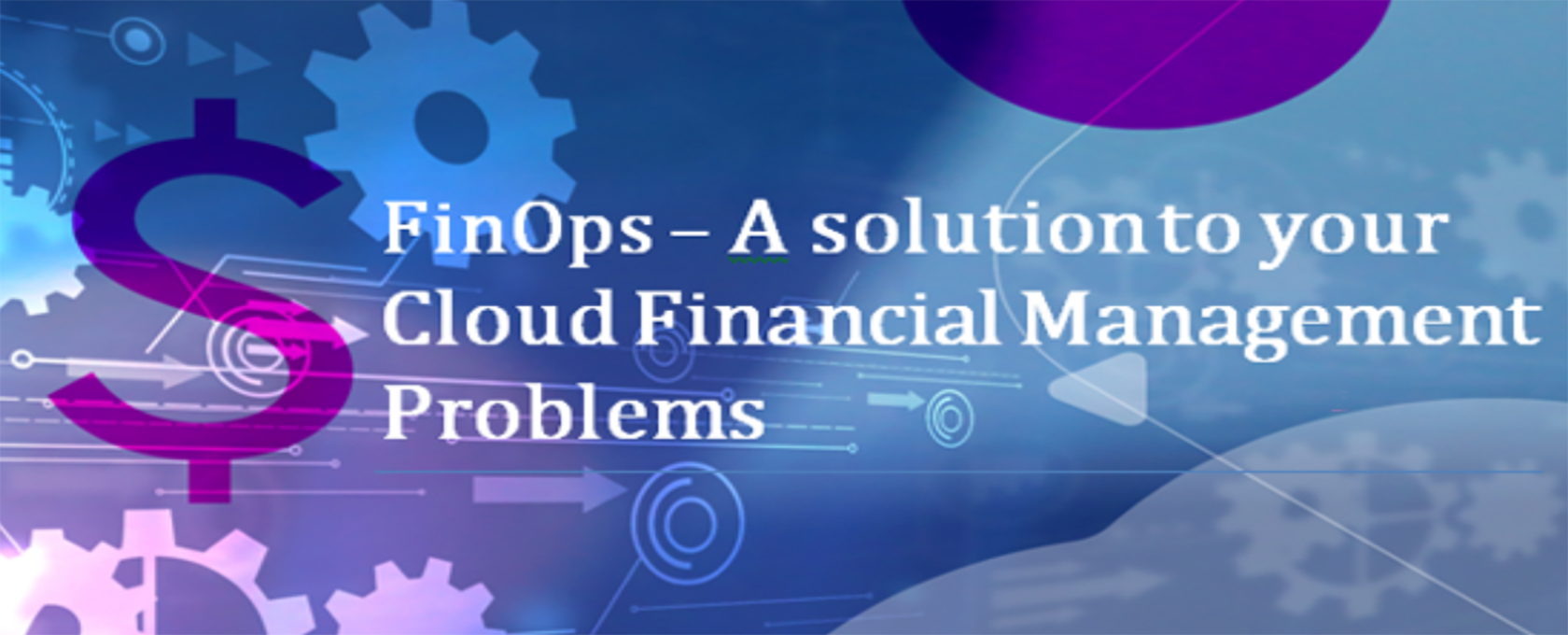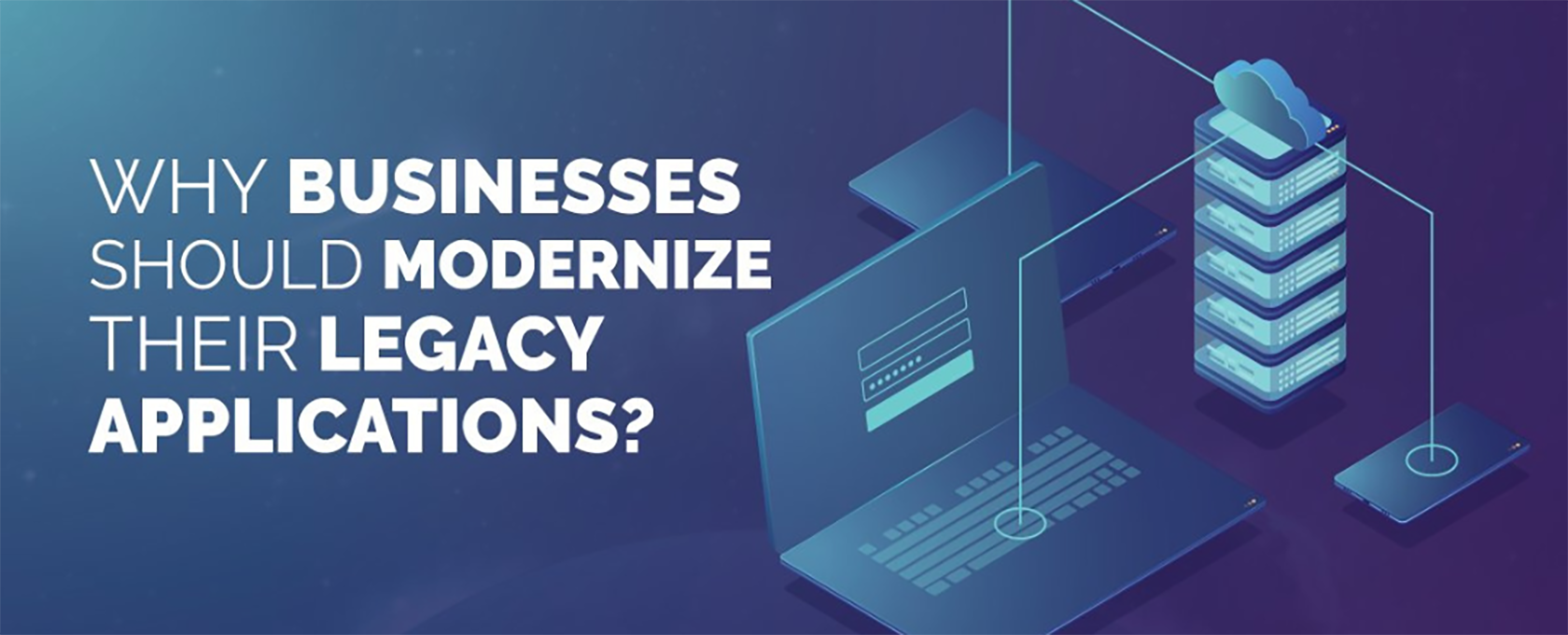Moving business operations to the cloud can reduce costs, speed up workflow, and do away with the need for in-house IT infrastructure and resources. Strong cloud providers can also help distant workers cooperate online, report for duty, and have secure access to vital data. To support infrastructure (servers, storage, databases, networking, etc.), software, or services that offer flexibility, performance, scalability, innovation, and cost savings, businesses today rely on cloud services.
The worldwide pandemic has hastened digital transformation, with 90% of enterprises reporting increased cloud usage as a result of COVID-19 to enable distant work, satisfy the demand for tailored customer experiences, and ensure system uptime. Gartner believes that public cloud investment would approach 45% of total IT spending by 2026, up from 17% in 2021.
 Go to Swayam
Go to Swayam


